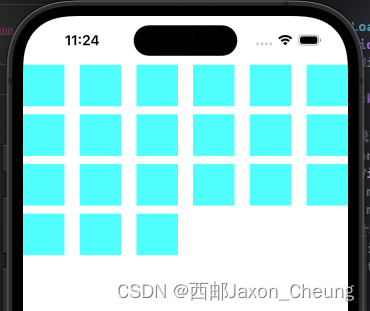本文介绍: func tableView(_ tableView: UITableView, willDisplay cell: UITableViewCell, forRowAt indexPath: IndexPath) { let cornerRadius: CGFloat = 10 cell.backgroundColor = UIColor.clear let layer = CAShapeLayer() let pathRef = CGMutablePath()
func tableView(_ tableView: UITableView, willDisplay cell: UITableViewCell, forRowAt indexPath: IndexPath) {
//需要设置边框线加上这一行
// layer.strokeColor = UIColor.red.cgColor
声明:本站所有文章,如无特殊说明或标注,均为本站原创发布。任何个人或组织,在未征得本站同意时,禁止复制、盗用、采集、发布本站内容到任何网站、书籍等各类媒体平台。如若本站内容侵犯了原著者的合法权益,可联系我们进行处理。






